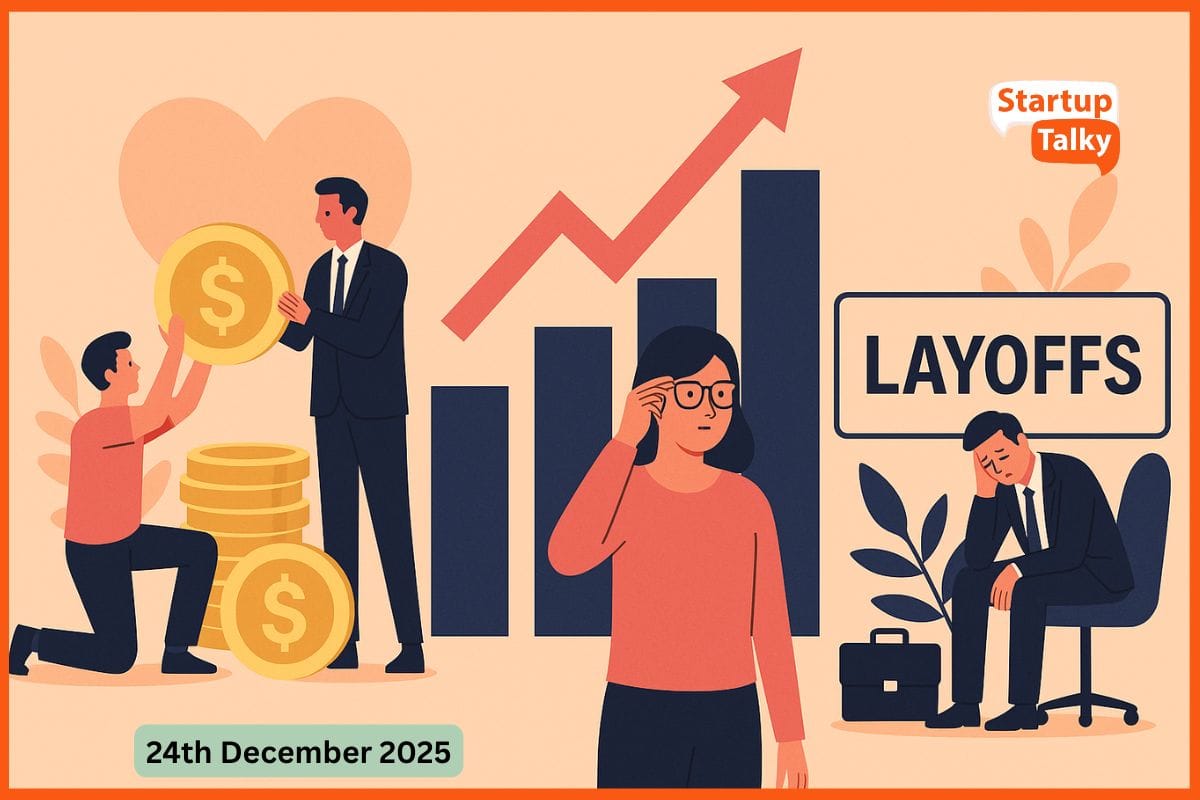India’s Retail Inflation Hits 5-Year Low, Paving Way for Further Rate Cuts

In March, India recorded a significant drop in its retail inflation. It zoomed all the way down to its lowest point since August 2019. The country's annual Consumer Price Index (CPI) now reports a number of 3.34%. That is well below the market's forecast of 3.60%. This number, of course, is lower than the number recorded in February, which was at 3.61%. There's a look going back to the late 3s from late last year.
The softening inflation we see today is mostly due to the consistent easing of food costs. In fact, when we look at the overall Consumer Price Index (CPI), markedly food prices have been the main areas driving that index down. They have been. So, when we break down inflation, food inflation has dropped fairly dramatically. March saw food inflation drop to 2.69% from 3.75% in February. This is the lowest reading in food inflation since November 2021. And it is occurring while we are also seeing some pretty remarkable decreases in food prices, most notably vegetable prices, which are down 7.04% year-on-year.
Food Prices Offer Crucial Relief
The overall retail price pressure has been reduced by the steady drop in food inflation. This is mainly due to better climatic conditions and improved agricultural outputs, which have loosened long-standing supply-side constraints. Wheat prices fell 5.46% in March, while pulses saw prices drop 8.34%. These drops in food prices have helped reduce overall inflation.
This moderation is especially welcome after last year's unrelenting upswings in staple food prices that strained household budgets and pushed inflation above the RBI's target range. Stabilizing food costs offer beleaguered consumers some breathing room and give policymakers a chance to regain lost leeway in supporting economic momentum.
RBI Poised for More Rate Cuts
The RBI has already reacted to the forecast of falling inflation by cutting its key interest rate for the second time this year. With inflation now comfortably below its 4 percent target, with projections calling for it to hold around 3.5 percent for the next couple of years, the central bank seems ready to do more, if necessary, to keep growth on track.
Experts believe that India might get to see a minimum of two more rate cuts before the end of 2025, and this is contingent upon both domestic and international circumstances. If external factors, like the protracted U.S.-China trade spat, impact global growth even more severely, then another rate cut could come into play. Indeed, a third rate cut is very much a possibility under this set of circumstances.
The next monetary policy review by the RBI is set for June, and the market's eyes will be fixed firmly on it. We want to know where the central bank is headed, and how it plans to tackle the mix of a global economy that is slowing and a domestic one that is recovering.
Favorable Monsoon May Boost Outlook
Adding to the positive expectations is India's forecast of above-average monsoon rains this year. A strong monsoon almost always ensures much better agricultural output, which in turn, means easing food prices and sharper increases in rural consumption.
While inflation is cooling and the macroeconomic situation seems to have stabilized, India currently seems to be in a rare position of strength within an uncertain global landscape. If the recent positive trends continue, this could give the central bank an opportunity to use monetary policy to try to push the economy even further in the right direction.
Must have tools for startups - Recommended by StartupTalky
- Convert Visitors into Leads- SeizeLead
- Website Builder SquareSpace
- Manage your business Smoothly Google Business Suite




